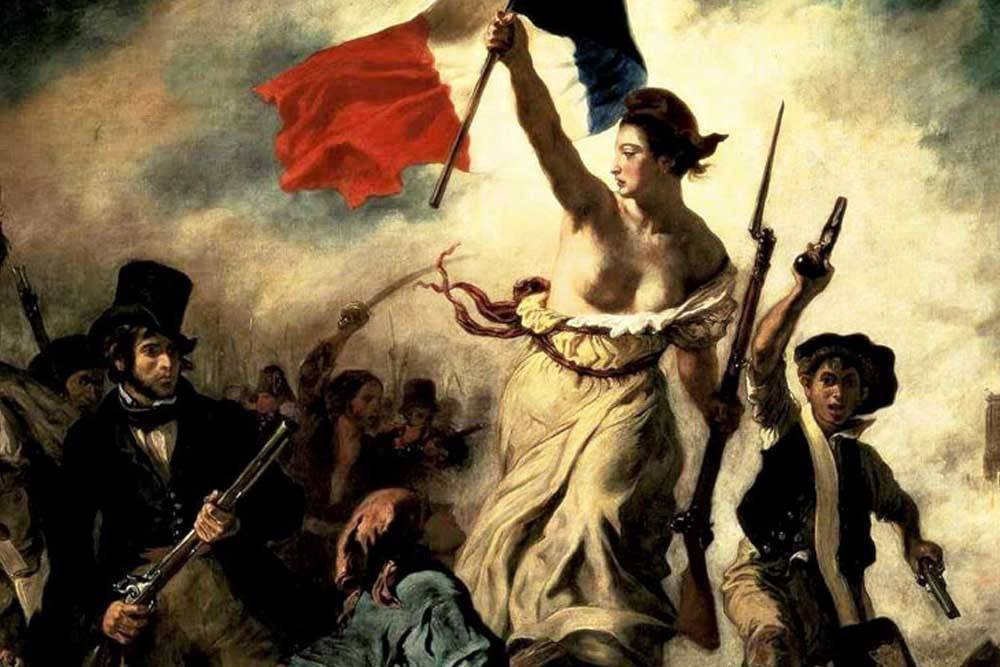Thus, the old gold and silver coins of absolutist France quickly disappeared, giving way to a huge amount of fiat banknotes issued by private financial institutions, municipalities, and even merchants, a process that would also be repeated in Spain much later, specifically during the Civil War from 1936 to 1939.
Limited state control
Obviously, the huge number of issuers of paper money made it difficult for the state to control the money in circulation, which is why fake Assignats proliferated, which, incidentally, were quite easy to imitate. All these problems became particularly apparent from the outbreak of the French Revolution until the arrival of the period known as the Directory, in 1795, when the Assignats, whose value had been reduced to unimaginable limits due to inflation, gave way to the Mandats, a kind of banknote worth 30 times more than the Assignats. Thus, the failure of the first revolutionary banknotes was related, on the one hand, to inflation and, on the other, with the recklessness with which authorities and other bodies issued paper money, increasing citizens' distrust of its true value and ultimately leaving the French coffers very close to bankruptcy.
The emergence of the nouveau riche
Between 1793 and 1795 alone, more than 4.500 million Assignats were put into circulation, whose real value was reduced to 25% of their face value. This did not prevent the young liberal French state from raising a significant amount of money through this system which, added to the proceeds from taxes and the sale of church property, served to finance the French Revolution.
In addition, the Assignats allowed thousands of destitute French people to buy certain goods for the first time in their lives, in short, to own property, something that until then had been reserved for the clergy, the nobility and, to a lesser extent, the emerging bourgeois class, the real driving force behind the Revolution. In this sense, there were many bankers, merchants, and speculators who became truly rich thanks to this revolutionary paper money.

